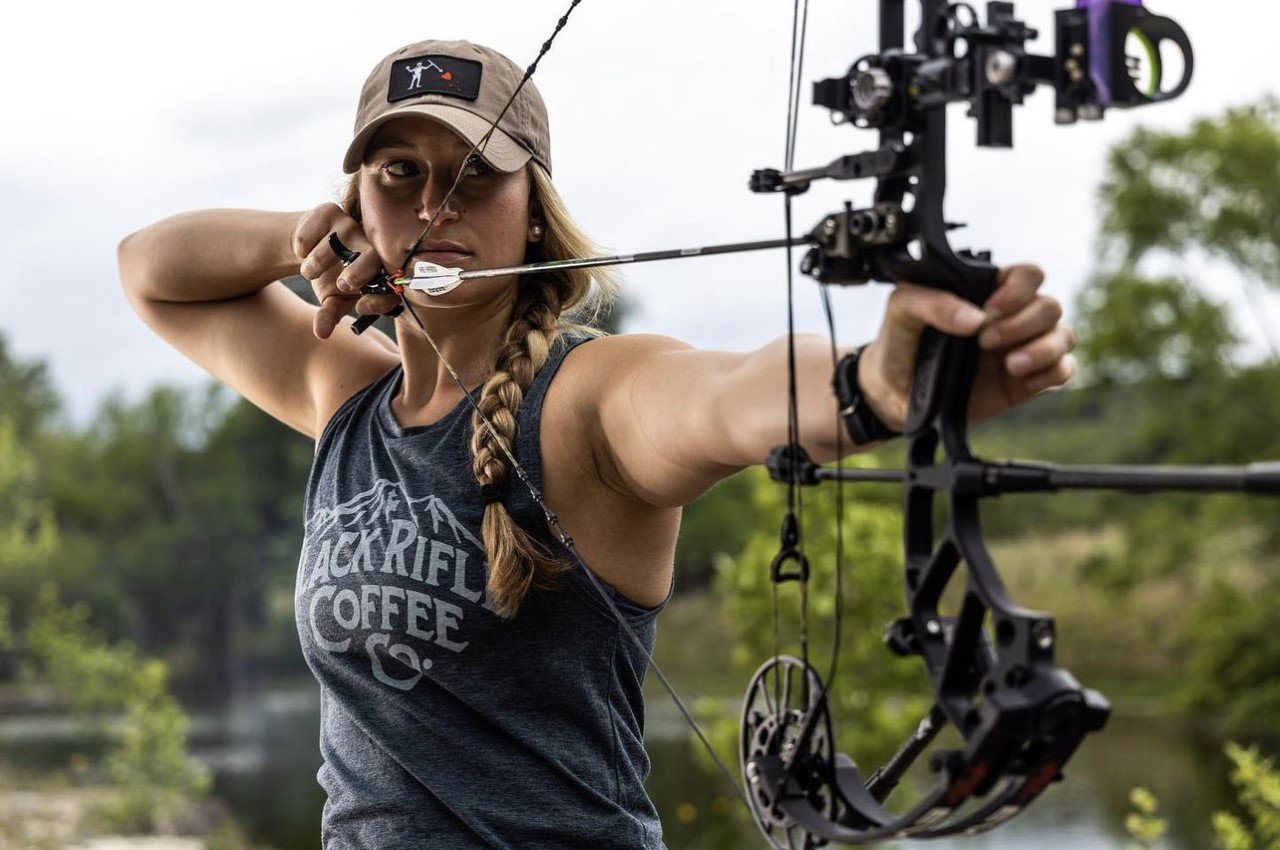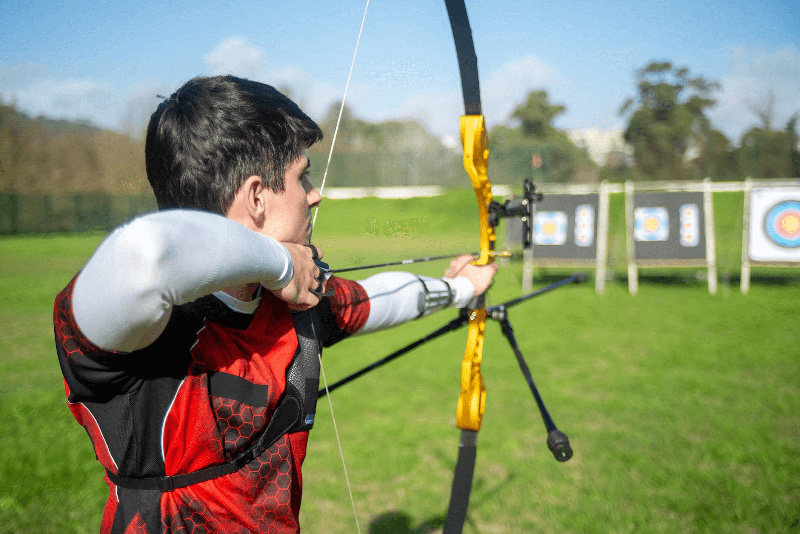Maximizing Your Archery Efficiency With the Right Compound Bow Stabilizer: an Extensive Review
In the realm of consistency, archery and accuracy are vital to achieving optimum performance. One important yet often-overlooked component in improving accuracy is the compound bow stabilizer. This humble tool plays a considerable duty in steadying your aim, minimizing bow torque, and absorbing vibrations. The efficiency of a stabilizer hinges on various factors, including style, placement, and weight. By comprehending the subtleties of choose and enhancing a compound bow stabilizer, archers can fine-tune their tools to raise their capturing experience to new degrees of effectiveness and control.
Value of Bow Stabilizers in Archery

Furthermore, bow stabilizers aid in stabilizing the weight circulation of the bow, which can enhance the archer's security while firing and intending. By adding weight to the front of the bow, stabilizers can lower the quantity of torque experienced upon launch, resulting in a smoother and much more regulated shot - compound bow stabilizer. This weight distribution also assists in holding the bow stable for a longer duration, allowing the archer to aim extra precisely
Sorts Of Substance Bow Stabilizers
When thinking about the different kinds of compound bow stabilizers offered, it is important to recognize their distinct features and features to identify the most ideal option for making the most of archery efficiency. The most typical kinds of compound bow stabilizers include sidebar stabilizers, front stabilizers, and back stabilizers. Back stabilizers, likewise called back stabilizers, are placed to the back of the bow and aid in counterbalancing the weight of other accessories, resulting in enhanced security and constant intending.
Aspects to Take Into Consideration When Picking
In examining substance bow stabilizers, understanding the distinctive attributes and functions of each kind is vital for making a notified decision on one of the most appropriate option to enhance archery performance. When choosing a stabilizer, one have to take into consideration the weight of the stabilizer itself. While a heavier stabilizer can offer even more security by reducing the bow's motion, additional hints it might likewise create tiredness throughout long shooting sessions. Equilibrium is one more crucial aspect to contemplate. The stabilizer's length and layout considerably affect the bow's equilibrium, affecting the shooter's capacity to hold steady goal. Furthermore, the material of the stabilizer can affect its efficiency. Carbon fiber stabilizers are lightweight and soak up resonances well, boosting accuracy. The number and adjustability of dampeners on the stabilizer can adjust its performance by minimizing sound and shock upon release. By meticulously evaluating these elements, archers can pick a substance bow stabilizer that lines up with their shooting style and optimizes their overall efficiency on the archery variety.
Installment and Adjustment Tips
For optimal efficiency and precision in archery, grasping the installation and change of your bow stabilizer is necessary. Correct installation begins with attaching the stabilizer to the bow's riser, ensuring it is firmly secured.
When adjusting the stabilizer, begin with tiny step-by-step modifications rather than radical changes. Pay attention to how the bow responds to changes in stabilizer setups and make adjustments appropriately. Regularly check the stabilizer's tightness and general problem to ensure it continues to work efficiently.
Maintenance and Care Standards

When not in use,It is likewise necessary to keep your bow with the stabilizer in a safe and safe and secure location. compound bow stabilizer. Stay clear of leaving it in severe temperature levels or exposed to guide sunshine for extended periods, as this might create damages to the stabilizer. Regularly check the stabilizer's positioning to guarantee it is still effectively positioned on your bow. Complying with these maintenance and care standards will certainly help you get the most out of your bow stabilizer and improve your overall archery efficiency.
Verdict
Finally, choosing the best compound bow stabilizer is essential for maximizing archery performance. Comprehending the value, types, click for source elements to think about, setup and modification tips, as well as upkeep and care standards can considerably influence one's precision and uniformity in shooting. By selecting a stabilizer that suits individual demands and choices, archers can improve their total performance and accomplish better outcomes on the array or in competition.
Bow stabilizers play an important duty in boosting an archer's accuracy and uniformity by decreasing resonances and maintaining the bow during the release of an arrow - compound bow stabilizer.Furthermore, bow stabilizers assist in stabilizing the weight circulation of the bow, which can enhance the archer's security while intending and firing. The most common kinds of compound bow stabilizers include sidebar stabilizers, front stabilizers, and back stabilizers. Back stabilizers, also called rear stabilizers, are mounted to the back of the bow and aid in counteracting the weight of various other accessories, resulting in boosted stability and consistent intending. article source When choosing a stabilizer, one need to consider the weight of the stabilizer itself
Comments on “Fine-Tune Your Objective: The Scientific Research Behind Compound Bow Stabilizers”